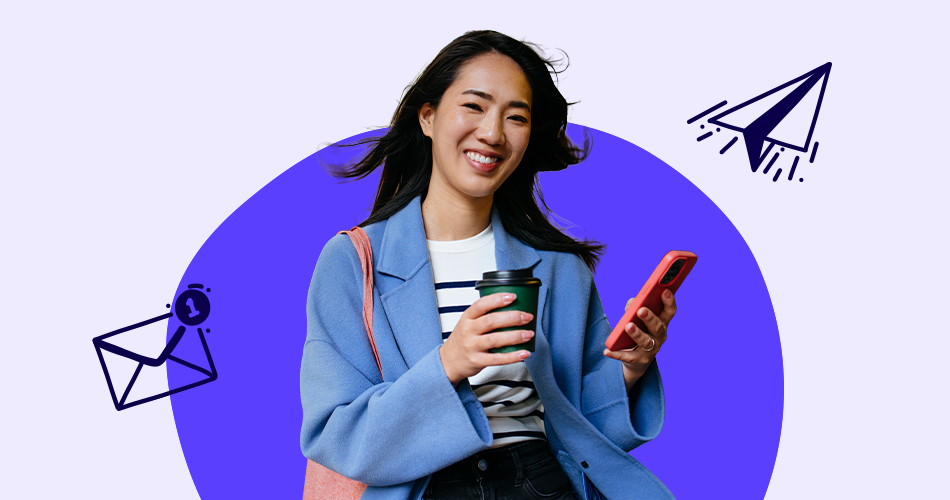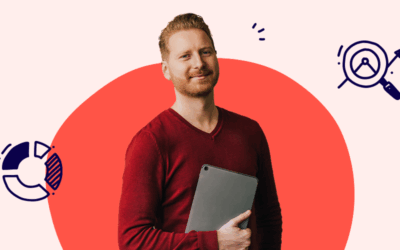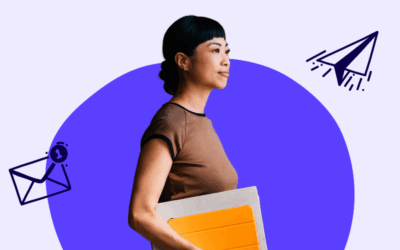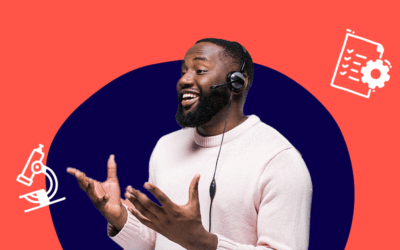Reckon Blog
News and insights for small businesses
The big changes in 2025-2026 Financial Year: What businesses need to know
The 2025-2026 financial year is full of compliance, tax and employee changes that small businesses need. Read here to get informed.
Leadership in small business
Strong leadership drives success. Learn the cost of poor management and the benefits of being a good leader in small business.
DEI in the workplace from Reckon CEO: innovation through diversity
DEI can positively impact any business. Reckon’s CEO, Sam Allert, shares his thoughts on why DEI is more important now than ever.
Follow our social media







































